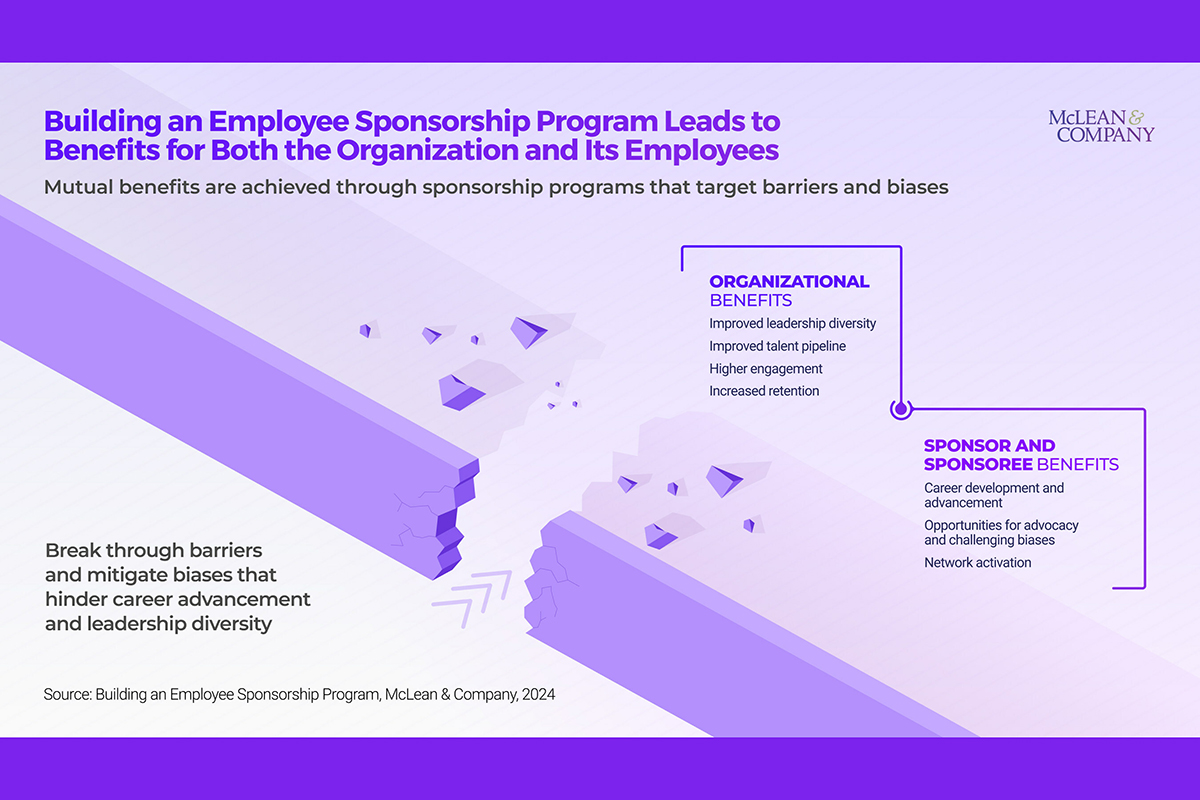Charolotte, N.C.-based isolved published a report in March on the current HR landscape titled “Champions of Change: How HR Decision-Makers Are Delivering Employee Experiences That Matter.”
The research found a disconnect between employers’ actions and employees’ expectations.
- 95% of HR leaders are confident in their employee experiences.
- 90% of HR leaders say their organization does enough to support DEI.
- 66% of HR leaders say their organization has increased focus on DEI over the last 12 months.
- 58% of employees are considering new job opportunities this year — 11% higher than 2023.
“Despite employees’ expectations at work being at an all-time high, 76% of HR decision makers believe their expectations are not out of control,” isolved said. “The main reason why is because they think employees deserve a good experience at work, according to 53% of HR leaders. That doesn’t mean, however, that HR leaders aren’t concerned with rising employee experience expectations. It’s the top threat facing talent retention, according to the survey.”
Building employee sponsorship programs
Toronto-based, global HR research and advisory firm McLean & Company recently published a report on how to build an employee sponsorship program.
“Leadership representation gaps will not resolve themselves and individual-level solutions are not enough for meaningful change to happen,” Fernandes said. “Employee sponsorship exists across a spectrum of formality. Informal sponsorship approaches, though important for career development and maintaining networks, risk perpetuating the status quo and lack of leadership diversity. Formal sponsorship goes a step beyond in addressing organizational-level barriers.”
“Informal sponsorship is prone to affinity bias, where leaders gravitate toward people in their networks who share similarities with themselves,” the report said. “In turn, this perpetuates gaps in visibility to executive leadership and promotion rates of women, especially Black women, Indigenous women, and women of color, to leadership positions. Formal sponsorship programs that are rooted in program goals address representation gaps in leadership, target career advancement barriers contributing to those gaps, and provide improved career pathing clarity and support for employees to succeed authentically as they are. The program design sets the duration and clear expectations for sponsorship relationships, allowing for more intentional selection of candidates and relationship matching. In this way, organizations can provide meaningful support to employees who are currently underrepresented in leadership and face career advancement barriers.”

McLean & Company provided the following steps:
1. Establish the need for sponsorship
The first step guides the evaluation of the organization’s level of readiness and need for a formal sponsorship program, the appointment of a core project team and additional key players, the identification of employee segments to prioritize for sponsoree candidates, and the translation of the need for sponsorship into program goals and metrics.
2. Design the sponsorship program
The second step walks HR leaders through reviewing constraints that impact the program, establishing the program structure, defining sponsorship expectations, and specifying key sponsorship relationship milestones. Step two also includes program participant sourcing methods, determining selection and matching criteria, and opportunities for technology to enable program success.
3. Implement and monitor the program
The third and final step in the firm’s recommended process supports the development of a program action plan, risk mitigation, and the creation of a communication plan. This step also includes selecting and matching program participants, providing training and resources to prepare participants, and monitoring and iterating the sponsorship program as needed.
“McLean & Company advises that sponsorship cannot be a one-size-fits-all solution, as each employee segment has a distinct employee experience and faces different barriers to advancement,” the report added. “Using an intersectional lens and customizing the sponsorship program to reflect the unique needs of each employee segment is critical for maximizing the benefits of participation. The firm also reminds HR leaders to be aware of assumptions made on behalf of underrepresented groups, as the meaningful inclusion of employee representatives from across the organization is key to ensure the sponsorship program is centered on the real experiences and addresses actual barriers to growth rather than being performative and ineffective.”
This article is an excerpt from the April 2024 issue of Supermarket Perimeter. You can read the entire DEI feature and more in the digital edition here.

